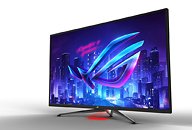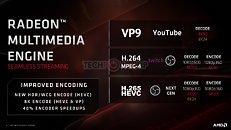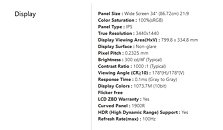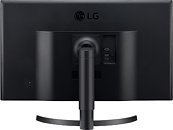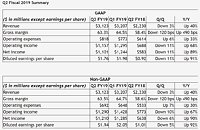VESA Publishes DisplayPort 2.0 Standard, Enabling Support for Beyond-8K & Higher Refresh Rates
The Video Electronics Standards Association (VESA) today announced that it has released version 2.0 of the DisplayPort (DP) audio/video standard. DP 2.0 is the first major update to the DisplayPort standard since March 2016, and provides up to a 3X increase in data bandwidth performance compared to the previous version of DisplayPort (DP 1.4a), as well as new capabilities to address the future performance requirements of traditional displays. These include beyond 8K resolutions, higher refresh rates and high dynamic range (HDR) support at higher resolutions, improved support for multiple display configurations, as well as improved user experience with augmented/virtual reality (AR/VR) displays, including support for 4K-and-beyond VR resolutions.
The advantages of DP 2.0 are enjoyed across both the native DP connector as well as the USB Type-C connector, which carries the DP audio/video signal through DisplayPort Alt Mode. DP 2.0 is backward compatible with previous versions of DisplayPort and incorporates all of the key features of DP 1.4a, including support for visually lossless Display Stream Compression (DSC) with Forward Error Correction (FEC), HDR metadata transport, and other advanced features. The increased video bandwidth performance of DP 2.0 carried over the USB-C connector enables simultaneous higher-speed USB data transfer without compromising display performance. DP 2.0 leverages the Thunderbolt 3 physical interface (PHY) layer while maintaining the flexibility of DP protocol in order to boost the data bandwidth and promote convergence across industry-leading IO standards.
The advantages of DP 2.0 are enjoyed across both the native DP connector as well as the USB Type-C connector, which carries the DP audio/video signal through DisplayPort Alt Mode. DP 2.0 is backward compatible with previous versions of DisplayPort and incorporates all of the key features of DP 1.4a, including support for visually lossless Display Stream Compression (DSC) with Forward Error Correction (FEC), HDR metadata transport, and other advanced features. The increased video bandwidth performance of DP 2.0 carried over the USB-C connector enables simultaneous higher-speed USB data transfer without compromising display performance. DP 2.0 leverages the Thunderbolt 3 physical interface (PHY) layer while maintaining the flexibility of DP protocol in order to boost the data bandwidth and promote convergence across industry-leading IO standards.





